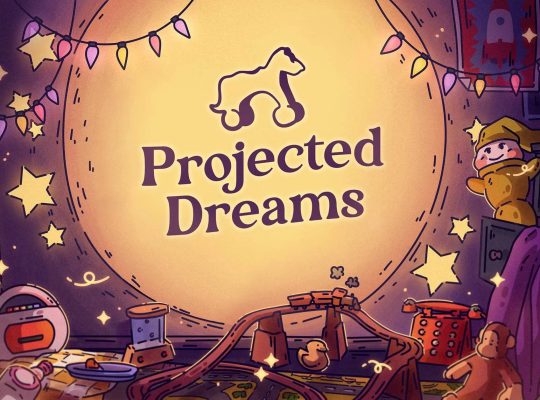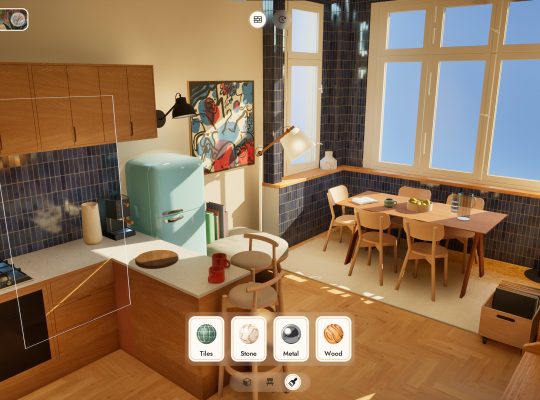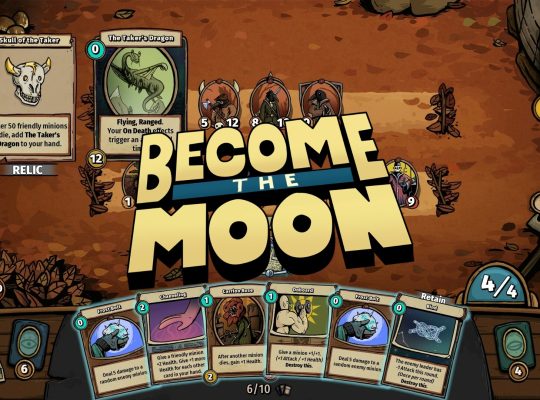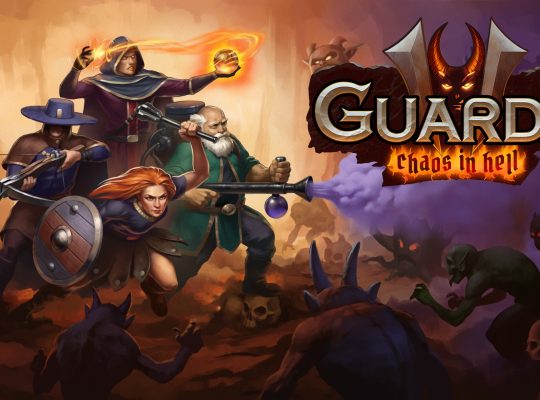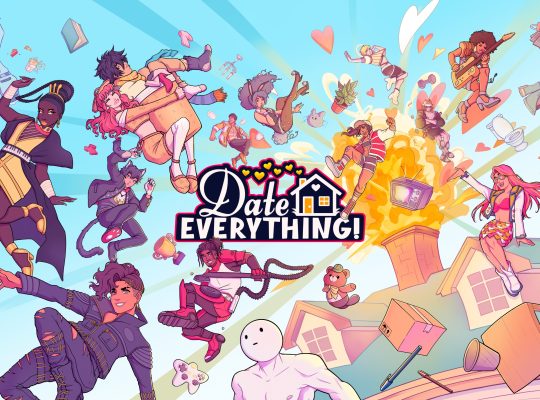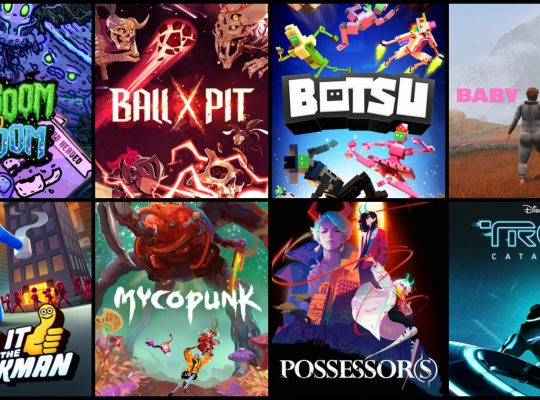- DEVELOPER: 7QUARK
- PUBLISHER: 7QUARK
- PLATFORMS: PC, Nintendo Switch, PlayStation 4, PlayStation 5, Xbox One, and Xbox Series X/S
- GENRE: Rougelite
- RELEASE DATE: May 14, 2025
- STARTING PRICE: 13,79€
- REVIEWED VERSION: PC
While Yasha: Legends of the Demon Blade isn’t a bad game, it’s definitely not for hardcore fans of the roguelite genre. Despite having three distinct characters with unique stories and abilities, it suffers from excessive repetition. You’ll encounter the same bosses, enemies, and skills, run after run. Even with random skill acquisition and saved progression, the lack of varied levels means nothing ever feels new. Once you’ve learned the boss patterns, the game quickly becomes boring. The only real difference between runs is your starting weapon and its upgrades.
Set in a mythical Edo-period Japan, this action roguelite RPG plunges you into a fight against yokai and the Nine-Tailed Fox to restore balance between humans and demons. It blends Hades-inspired roguelite mechanics with a stunning ukiyo-e art style, offering fast-paced combat, character-driven stories, and weapon customization across three campaigns. Previously overpriced, the recent price drop makes this game well worth diving into.
Combat flows smoothly, though level design can feel repetitive
The game’s core loop starts with you picking a hero: Shigure, a katana-wielding samurai; Sara, a speedy dual-dagger wielder; or Taketora, who uses both a bow and his fists. Each stage throws you into enemy-packed arenas, broken up by rest areas for upgrades, and capped off with a boss (a Kraken, a giant Crab, or even your own demon-tured Master). Runs either end in victory or death, but death doesn’t mean the game is over.
Combat is top-down, a dynamic mix of combos, dodges, and parries. You’ll use light and heavy attacks, unleash a special move after a successful parry, and use unique character abilities. As you play, you’ll grab Soul Orbs for temporary boosts like extra damage or speed, and collect materials for permanent upgrades like crafting new weapons or boosting your stats. In rest areas, you can grab ramen for buffs, buy items from vendors, or take on risky challenges.
Weapon customization is another strong point, allowing two unique weapons per run, for example, one might grant critical attacks while another unleashes exploding or homing petals. However, this system is poorly designed. You’ll rarely use a second weapon because stages are too short: just two before a boss fight, preventing you from properly utilizing both. While one weapon might excel against specific bosses, and dual-wielding becomes more viable in the lengthy late-game campaigns, there’s little reason to switch otherwise. It basically tricks you into thinking its useful.
“Weapon customization is another strong point, allowing two unique weapons per run.”

Yasha steps into the roguelite scene with a new vibe
While initial impressions are positive, but as mentioned, the fixed stage design quickly leads to repetition. Bosses, despite being visually distinct and well-designed, quickly become predictable once you learn their patterns. Although various buffs offer an edge, I often felt my damage output was insufficient against the ridiculously high HP pools of some bosses. Though hidden stages and yokai festivals offer rare items, they don’t alleviate the repetitive “rinse-and-repeat” structure, which feels oddly implemented.
Each campaign demands multiple runs to advance chapters, with permadeath resetting run-specific upgrades. While you’ll unlock weapons, abilities, and stat boosts at the hub, meta-progression is a slow grind due to sluggish Soul Power gains. The high cost of upgrades feels disproportionate, especially considering the length of each campaign. This early grind is a major deterrent, often leading to frustrating deaths even against weaker bosses. However, the game does improve once you acquire some upgrades.
It’s not all bad, though. The game offers plenty of build diversity, numerous weapons to try, and characters to play, rewarding your investment. However, as mentioned, if you’re a roguelite veteran, this game likely won’t stack up to others in the genre. I can’t help but compare it to Realm of Ink, which draws heavily from Hades and offers incredible replayability with insane builds and varied buffs/debuffs. Yasha feels like a baby in comparison.
“Each campaign demands multiple runs to advance chapters.”

Perfect for players who love a bit of grinding and diverse playstyles
That said, Yasha does have interesting ideas for buffs, such as the yin and yang system – one offering pure positives, the other a mix of boons and drawbacks to maintain balance. There are also abilities and weapon skills designed to synergize. So, don’t misunderstand; Yasha is still a decent roguelite game with solid combat.
With an art style that fuses ink outlines and watercolor, the game evokes traditional Japanese paintings. Environments are also detailed, from lush forests to haunting yokai designs. Characters faces are expressive too, with cutscenes feature great anime-inspired portraits, while weapon effects like flaming spheres and drills enhance the visual appeal. Unfortunately, the vibrant hub village lacks depth, featuring unmoving NPCs and repetitive dialogue.
In the end, Yasha: Legends of the Demon Blade is a visually stunning action roguelite, boasting great ukiyo-e art, fluid combat, and unique character stories. However, repetitive level design, grindy progression, and clunky mechanics make the experience repetitive. Roguelite newcomers might appreciate its accessibility, but veterans may find it shallow. It’s a fair choice for fans of Japanese mythology and fast-paced combat, though casual players should consider waiting for updates or a sale.
“Yasha is still a decent roguelite game with solid combat.”
| Pros | Cons |
|---|---|
| Fluid combat. | Very repetitive level design. |
| Beautiful anime-style graphics. | Grindy start. |
| Unique characters and weapons. | Clunky parry mechanics. |
| Ideal for those who are new to the roguelite genre. | It's not on the same level as other titles in the roguelite genre. |
Review copy provided by the publisher
3.6




